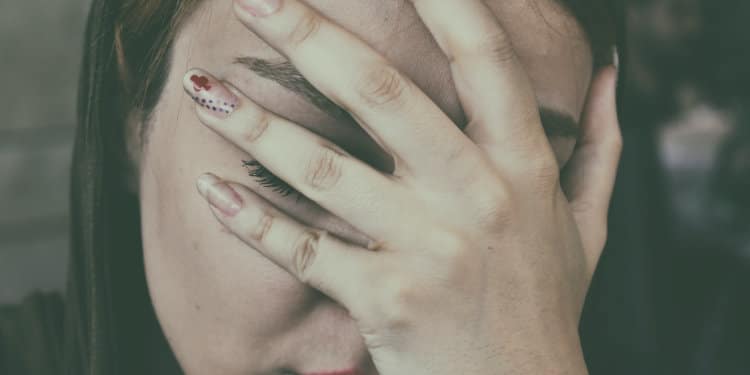











Ophidiophobia refers to an atypical and illogical fear of snakes that falls under the larger category of herpetophobia or the fear of reptiles. Ophidiophobia is fairly common and can range in severity, as some individuals may only be mildly afraid, while others may possess a severe and incapacitating fear. A minor phobia might encompass a fear of large, poisonous snakes, while a more severe phobia may include small, harmless ones. A person with an intense snake phobia may be unable to view snakes in pictures, television shows, or movies.

Ophidiophobia is a type of specific phobia, an irrational fear that is accompanied by symptoms of severe anxiety that can interfere with daily functioning.
To be diagnosed with ophidiophobia, a licensed mental health practitioner will determine if a person’s fear of snakes is warranted and rational, or more abnormal. Some individuals with ophidiophobia may avoid outdoor activities, zoos, or pet stores for fear of encountering a snake. A person may experience overwhelming fear, trepidation, and anxiety from merely seeing a photo or video of a snake. Physical symptoms may include tearfulness, increased heart rate, labored breathing, and trembling. Other bodily symptoms can include perspiration, queasiness, throwing up, and panic attacks.
There are several theories as to why snakes are so feared. One hypothesis postulates that human beings are born with an intrinsic fear of snakes that has evolutionary origins. Other theories suggest that a fear of snakes may be a conditioned fear, where individuals learn to be afraid from watching others. Snakes are often portrayed in the movies as scary and perilous creatures, which can teach children at a young age to be fearful. A fear of snakes may also result from an early traumatic childhood experience, such as when a young child attempts to touch a snake and gets hissed at or bitten instead. Finally, ophidiophobia may very well be fueled and perpetuated by general myths about snakes.
Thankfully, ophidiophobia can be addressed and treated. Individuals need to extract myth from fact and learn which species of snakes are dangerous, where they reside, and how to identify them. Individuals can also equip themselves with knowledge on how to respond to a snake bite, in case it comes up. The majority of snake bites are harmless and treatable. If their phobia is mild, a person can attempt to expose themselves to harmless snakes to reduce their fears. Some zoos offer visitors the opportunity to interface with safe snakes under the watchful eye of a trained professional.
If a person’s ophidiophobia is more severe, they may have to seek professional counseling treatment. Cognitive-behavioral treatment interventions are used most often to help people to combat their fears. During therapy, an individual will be taught how to identify and recognize erroneous thoughts and beliefs contributing to their irrational fears. They will then be encouraged to use more positive self-talk and to replace illogical thoughts to improve negative feelings and behaviors.
Gradual exposure techniques are representative of another treatment modality, exposure therapy, that helps expose individuals to feared stimuli in their order of severity. One might initially be exposed to a photograph, then a video, and then work their way up to seeing a snake in person. Hypnosis and other relaxation techniques can also be utilized to help a person relax during these exposure periods.
While the fear of snakes may be a debilitating phobia in some cases, it can be significantly reduced and possibly completely overcome. If your ophidiophobia is disruptive to your daily life, consider speaking with a professional therapist.
Sources